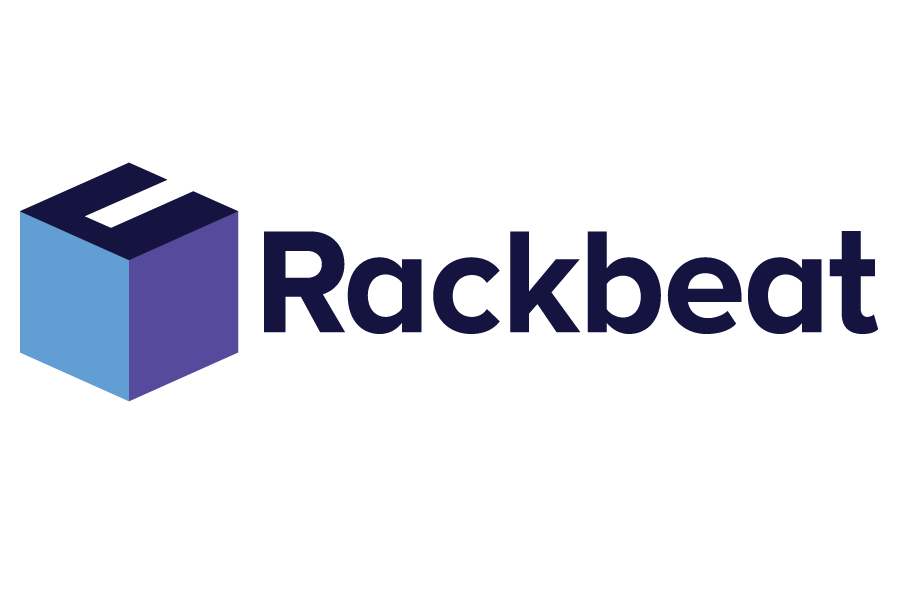Integrations for an Inventory System
Integrations for an inventory system refer to the process where different software solutions and applications are connected and work together with an inventory system. The purpose of these integrations is to create a seamless and automatic exchange of data and information between the systems. This includes everything from inventory levels and order processing to customer data and financial information.
Rackbeat June 28, 2024
Benefits of Integrations for an Inventory System
Integrations for an inventory system are essential for inventory-driven businesses that aim to create a cohesive and efficient operation. By integrating various systems such as ERP (Enterprise Resource Planning), CRM (Customer Relationship Management), e-commerce platforms, accounting software, and transportation systems with the inventory system, businesses ensure not only optimal inventory management but also free data flow between all parts of the company. This eliminates the need for manual data entry and reduces the risk of errors.
Examples of integrations include
1. ERP systems: These systems help centralize data and automate business processes, making it easier to manage inventory levels, order management and supplier management.
2. CRM systems: By integrating a CRM system with the inventory system, businesses can better understand customer needs and adjust inventory management based on sales data and customer behavior.
3. E-commerce platforms: Integrations with e-commerce platforms ensure that inventory levels are always updated in real-time, which is crucial to avoid overselling and disappointing customers.
4. Accounting software: These integrations allow for the automatic transfer of financial data from the inventory system to the accounting software, saving time and minimizing errors in accounting.
5. Transportation management systems: By integrating transportation management with the inventory system, businesses can optimize their logistics, connect labels with orders, and ensure faster and more precise deliveries.
Rackbeat Integrations
Rackbeat’s inventory system is built on an open API, meaning it can connect with most applications. Some system connections are provided by Rackbeat itself, while others require an additional cost from third-party providers. Rackbeat facilitates integrations with many systems, including accounting systems, webshops, POS systems, and shipping systems. Examples include:
- Accounting systems: Integrations with systems like e-conomic or Dinero allow for the automatic transfer of item data to the financial system with each transaction, ensuring synchronization between inventory and accounting.
- Webshops: Integrations with platforms like Shopify or WooCommerce ensure that inventory levels always match the actual stock, as data is updated in real-time.
- POS systems: By integrating with POS systems like Amero or Customers 1st, inventory levels are automatically updated with each in-store sale, providing a comprehensive overview of both physical and digital inventory.
- Shipping systems: Integrations with systems like Shipmondo or Webshipper streamline the order process from purchase to delivery, making the entire logistics flow more efficient.



